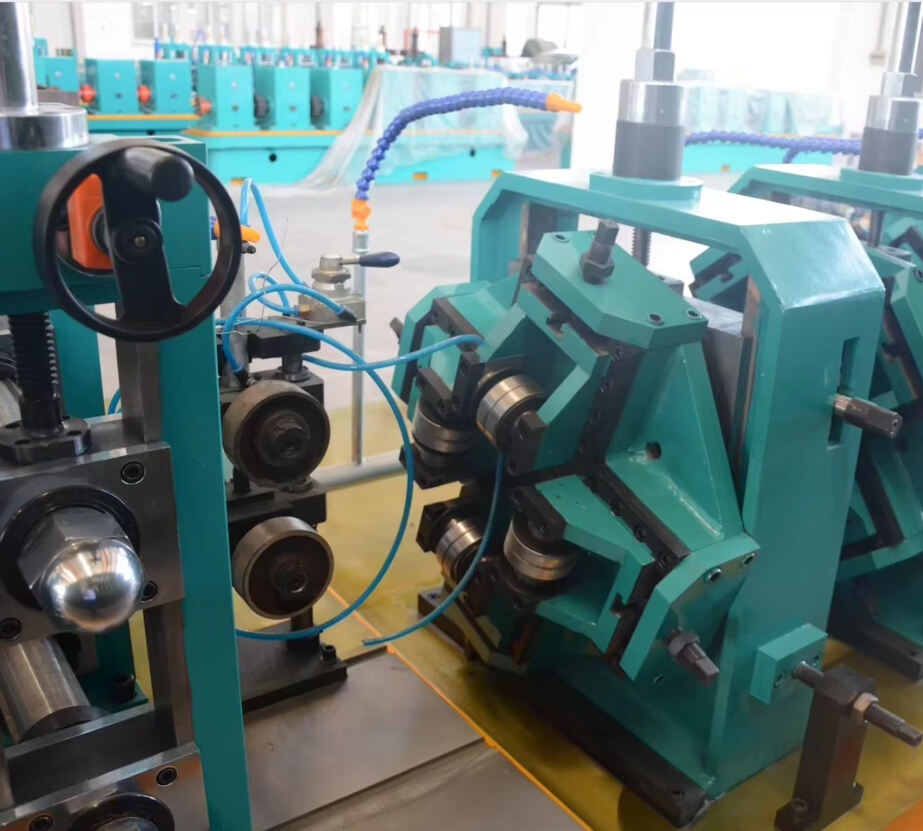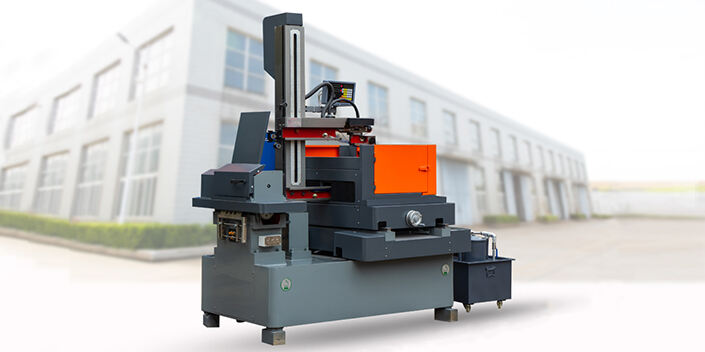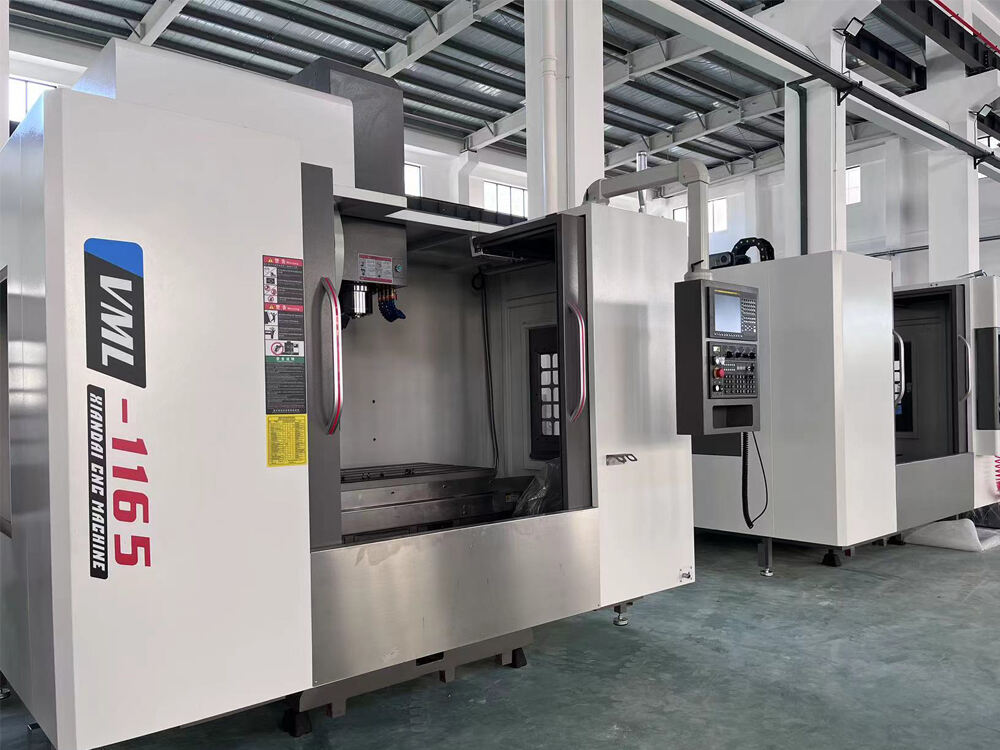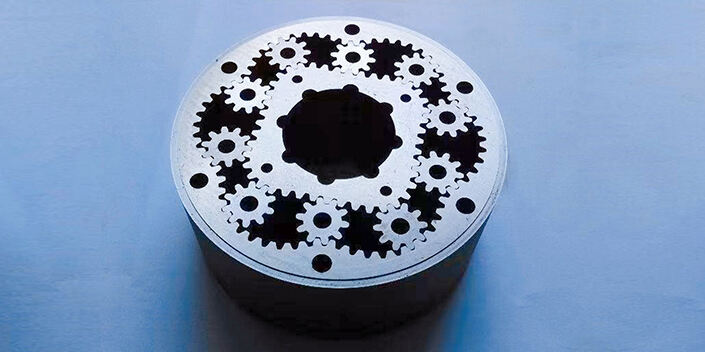Innovaciones en Líneas de Soldadura de Tubos para una Mayor Durabilidad
Introducción a las innovaciones en la soldadura de tuberías
El mundo de la soldadura de tuberías ha evolucionado significativamente en las últimas décadas, impulsado por los avances tecnológicos y un mayor enfoque en la durabilidad. Con más de un millón de millas de tuberías solo en los Estados Unidos, muchas de las cuales se instalaron hace más de 50 años, existe una necesidad crítica de adoptar las últimas innovaciones para garantizar la seguridad y la longevidad en la infraestructura de tuberías.
Resumen de los retos actuales en la soldadura de tuberías
Entre los desafíos que hoy enfrenta la soldadura de tuberías se encuentran la corrosión, las fugas y la creciente escasez de soldadores calificados. Muchas infraestructuras antiguas se enfrentan a un grave deterioro que afecta no sólo a la eficiencia sino también a la seguridad. Para superar estos problemas, es vital adoptar nuevas tecnologías y métodos que mejoren los procesos de soldadura y, en última instancia, mejoren la durabilidad de las tuberías.
Importancia de la durabilidad en la soldadura de tuberías
La durabilidad en la soldadura de tuberías es primordial, ya que mejora la vida útil y la eficiencia de las tuberías, reduciendo las reparaciones y una miríada de fallas. Factores como el impacto ambiental, los costos de mantenimiento y la demanda de infraestructuras de alta calidad requieren enfoques innovadores en la soldadura de tuberías.
Introducción a los avances recientes
Los recientes avances en las tecnologías de soldadura de tuberías, incluida la automatización, las mejoras en los materiales y las técnicas de soldadura de última generación, están interviniendo para proporcionar soluciones. Las técnicas van desde el uso de robots colaborativos en la soldadura hasta la implementación de tecnologías de inteligencia artificial (IA), lo que permite adaptaciones en tiempo real que mejoran los resultados de la soldadura.
Automatización y robótica en la soldadura de tuberías
La integración de la automatización en la soldadura de tuberías representa un cambio sísmico en la forma en que se abordan los procesos de soldadura.
El surgimiento de los robots de soldadura por bobina
Una de esas innovaciones es el robot de soldadura por bobina (SWR), desarrollado por Novarc Technologies. Estos robots colaborativos trabajan junto a los operadores humanos, mejorando significativamente la productividad mientras se mantienen soldaduras de alta calidad. Ayudan a optimizar las operaciones y a hacer frente a la creciente escasez de mano de obra que enfrenta la industria.
Integración de la IA y el aprendizaje automático
La modernización de los procesos de soldadura integra tecnologías avanzadas de IA que pueden monitorear y adaptar continuamente los parámetros de soldadura en tiempo real. La introducción de sistemas como NovEye Autonomy permite un control preciso sobre el conjunto de soldadura, similar al nivel de habilidad de un soldador humano. Al analizar grandes cantidades de datos de soldadura, estos sistemas permiten mejorar la calidad y la eficiencia.
Ventajas de los sistemas de soldadura automatizados
Los sistemas automatizados aportan beneficios valiosos como:
- Aumento de las tasas de producción y consistencia
- Reducción de los índices de error y riesgo de soldaduras de calidad inferior
- Mejora de la seguridad de los trabajadores, especialmente en entornos peligrosos
- Eficiencia de costes debido a la reducción de mano de obra y desperdicios
Los avances en la tecnología de los materiales
La selección de los materiales juega un papel crucial en la durabilidad de las tuberías. Las innovaciones recientes se centran en mejorar la resistencia y la longevidad de los materiales de tuberías.
Utilización de tuberías de polietileno de alta densidad (PEPD)
Como han señalado expertos de la industria, las tuberías de HDPE están demostrando ser un factor de cambio. Con una alta resistencia a la corrosión y las fugas, proporcionan una solución duradera para la infraestructura envejecida. Sus juntas de fusión herméticas y su adaptabilidad a las instalaciones sin zanjas las convierten en una opción cada vez más popular.
Innovaciones en materiales resistentes a la corrosión
La investigación en curso está produciendo nuevos materiales diseñados específicamente para la resistencia a la corrosión, como las resinas de tubería PE4710 que se han introducido recientemente. Estos materiales prometen una mayor dureza y una mayor presión en comparación con los materiales tradicionales de tuberías, prolongando así la vida útil de la tubería.
Ventajas de los materiales compuestos para tuberías
La introducción de materiales compuestos, que combinan diferentes tipos de materiales para maximizar el rendimiento, ofrece alternativas ligeras y robustas. Estos avances son cruciales a medida que continuamos luchando por soluciones sostenibles en la fabricación de tuberías.
Tecnologías emergentes en las técnicas de soldadura de tuberías
El panorama de la soldadura de tuberías sigue cambiando con técnicas innovadoras que prometen mejores resultados.
Saldado por arco láser híbrido
Las técnicas de soldadura híbrida, que utilizan tanto la soldadura por láser como la soldadura por arco, mejoran la precisión y la velocidad en comparación con los métodos tradicionales. Este método reduce el tiempo de procesamiento general al tiempo que ofrece una calidad de soldadura superior, lo que lo hace adecuado para una variedad de aplicaciones.
La aplicación de los gemelos digitales
Utilizando gemelos digitales en las operaciones de soldadura, las empresas pueden crear modelos virtuales de sus procesos de soldadura para simular condiciones y probar diferentes escenarios. Este enfoque permite una mejor planificación y ejecución, mejorando en última instancia la eficiencia y la calidad.
Mejoras en las pruebas no destructivas
Para garantizar la seguridad y la durabilidad de las juntas soldadas, se están adoptando nuevos métodos de ensayo no destructivos. Las técnicas que permiten detectar defectos sin dañar los materiales utilizados permiten realizar controles y mantenimientos regulares que garantizan la integridad de la estructura.
Tendencias futuras y sostenibilidad en la soldadura de tuberías
Mientras miramos hacia el futuro, la sostenibilidad sigue siendo la vanguardia de los avances en la soldadura de tuberías.
Enfoque en las prácticas de fabricación ecológicas
La tendencia hacia procesos de fabricación respetuosos con el medio ambiente está cobrando impulso, con la industria de soldadura de tuberías dando prioridad a la reducción de residuos y la adopción de materiales reciclables siempre que sea posible. Las innovaciones como el uso de contenido reciclado en las tuberías contribuyen a la sostenibilidad general.
El papel de la IA en la optimización de los procesos de fabricación
La IA desempeña un papel cada vez más importante en la optimización no solo de los procesos de soldadura sino también de los flujos de trabajo generales de fabricación. Las capacidades de aprendizaje continuo significan que los sistemas impulsados por IA pueden identificar ineficiencias y sugerir mejoras, ahorrando tiempo y recursos.
Pronósticos para la próxima década en soldadura de tuberías
Los expertos de la industria predicen que la próxima década verá un cambio transformador en la forma en que se evalúan, construyen y mantienen las tuberías. Con avances como sistemas avanzados de IA, robótica y materiales sofisticados, es probable que la industria logre una mayor productividad y una operación más sostenible.
En conclusión, las innovaciones en las líneas de soldadura de tuberías que se centran en la automatización, los materiales avanzados y la sostenibilidad muestran un futuro emocionante para la industria. A medida que los desafíos de la infraestructura envejecida se acercan, adoptar estos avances innovadores puede mejorar significativamente la calidad y la durabilidad de nuestras tuberías. Para mantener nuestra ventaja competitiva, las partes interesadas deben seguir siendo proactivas en la adopción de nuevas tecnologías y metodologías que mejoren nuestras prácticas de soldadura.





